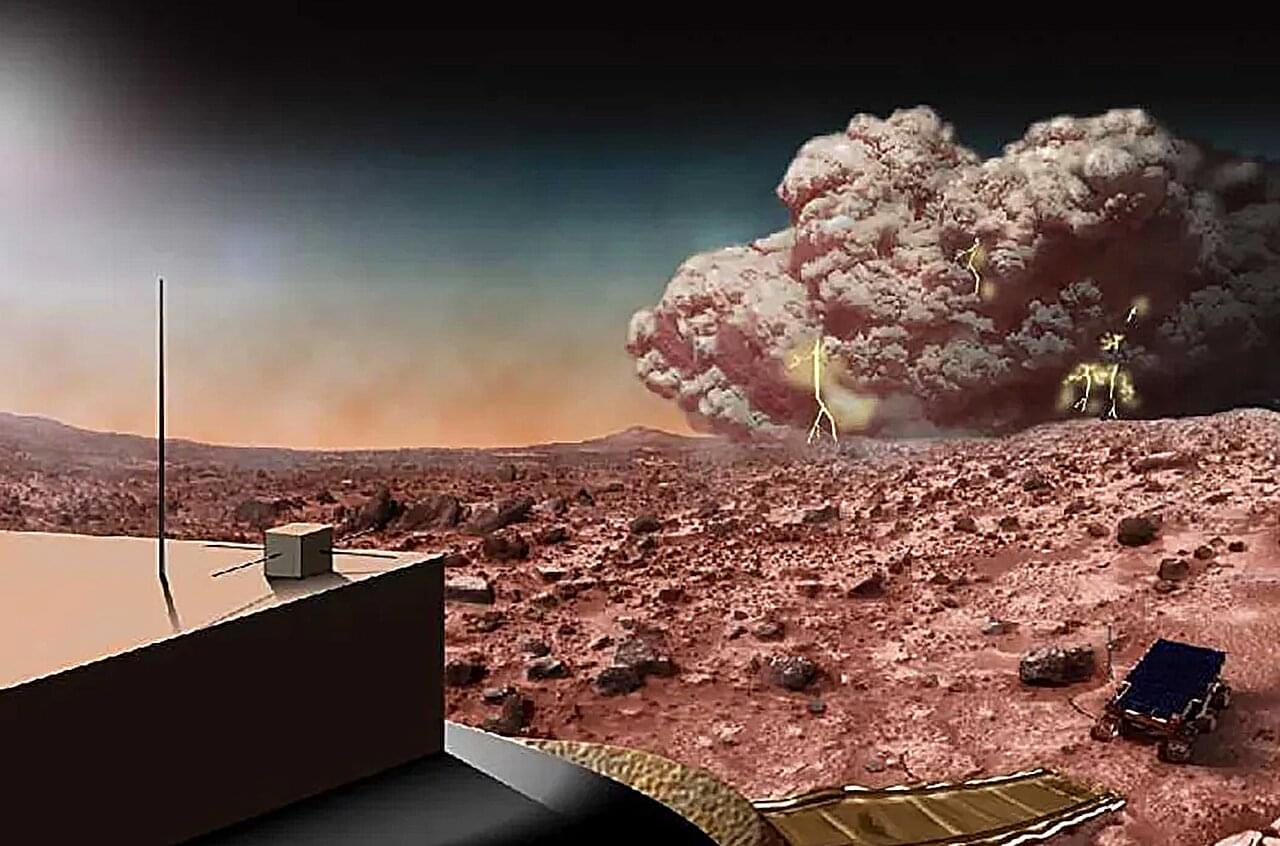So far this year, 53 companies have become “unicorns”—private startups valued at over $1 billion—and AI companies account for more than half of them.


It’s crossing the Solar System at 58 kilometers per second.
You see those glowing patches of orangey-red? That isn’t good news.
NVIDIA today announced new NVIDIA Omniverse™ libraries and NVIDIA Cosmos™ world foundation models (WFMs) that accelerate the development and deployment of robotics solutions.

A new artificial intelligence tool developed by researchers at the University of Hawai’i (UH) at Mānoa is making it easier for scientists to explore complex geoscience data—from tracking sea levels on Earth to analyzing atmospheric conditions on Mars.
Called the Intelligent Data Exploring Assistant (IDEA), the software framework combines the power of large language models, like those used in ChatGPT, with scientific data, tailored instructions, and computing resources.
By simply providing questions in everyday language, researchers can ask IDEA to retrieve data, run analyses, generate plots, and even review its own results—opening up new possibilities for research, education, and scientific discovery.
Earth almost risked a Solar Storm as powerful as the 1859 Carrington Event.

This notebook provides a step-by-step guide on how to optimizing gpt-oss models using NVIDIA’s TensorRT-LLM for high-performance inference. TensorRT-LLM provides users with an easy-to-use Python API to define Large Language Models (LLMs) and support state-of-the-art optimizations to perform inference efficiently on NVIDIA GPUs. TensorRT-LLM also contains components to create Python and C++ runtimes that orchestrate the inference execution in performant way.

Gradient-boosted decision trees (GBDTs) power everything from real-time fraud filters to petabyte-scale demand forecasts. XGBoost open source library has long been the tool of choice thanks to state-of-the-art accuracy, SHAP-ready explainability, and flexibility to run on laptops, multi-GPU nodes, or Spark clusters. XGBoost version 3.0 was developed with scalability as its north star. A single NVIDIA GH200 Grace Hopper Superchip can now process datasets from gigabyte scale all the way to 1 terabyte (TB) scale.
The coherent memory architecture allows the new external-memory engine to stream data over the 900 GB/s NVIDIA NVLink-C2C, so a 1 TB model can be trained in minutes—up to 8x faster than a 112-core (dual socket) CPU box. This reduces the need for complex multinode GPU clusters, and makes scalability simpler to achieve.
This post explains new features and enhancements in the milestone XGBoost 3.0 release, including a deep dive into external memory and how it leverages the Grace Hopper Superchip to reach 1 TB scale.

Gallium nitride (GaN)-based high electron mobility transistors (HEMTs) are a type of field-effect transistors (FETs) designed to operate at very high frequencies with low noise. As such, they have been widely applied in high-power and high-frequency applications, like high-speed wireless communications, power switching devices, and power amplifiers.
HEMTs utilize a heterojunction, which is a junction between two different semiconductor materials, typically GaN and aluminum GaN (AlGaN). This junction creates a narrow region called the two-dimensional electron gas (2DEG), where electrons have very high mobility, resulting in excellent high-frequency performance.
Scandium aluminum nitride (ScAlN) has attracted significant attention as a novel barrier material that can further enhance the performance of GaN HEMTs. It exhibits large polarization, which increases electron densities in the 2DEG. Additionally, its ferroelectric nature makes it suitable for use as a ferroelectric gate material in ferroelectric HEMTs.

Researchers have created what could be called “skin in a syringe.” The gel containing live cells can be 3D printed into a skin transplant, as shown in a study conducted on mice. This technology may lead to new ways to treat burns and severe wounds. The study was led by the Center for Disaster Medicine and Traumatology and Linköping University in Sweden.
As long as we have healthy skin, we do not give it much thought. However, if we get major wounds or other injuries, it becomes clear that the skin is the body’s protection from the outside world. Helping the body restore the skin barrier after a serious burn can therefore be a matter of life and death.
Large burns are often treated by transplanting a thin layer of the top part of the skin, the epidermis. This is basically composed of a single cell type. Transplanting only this part of the skin leads to severe scarring.